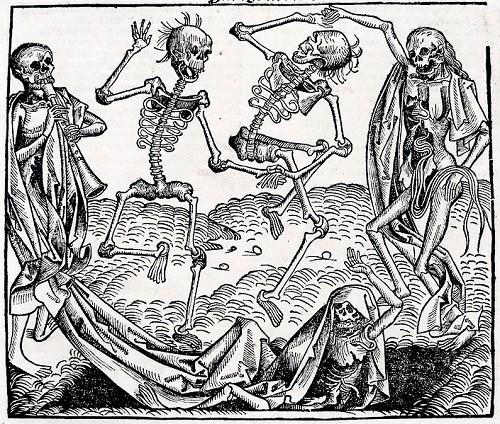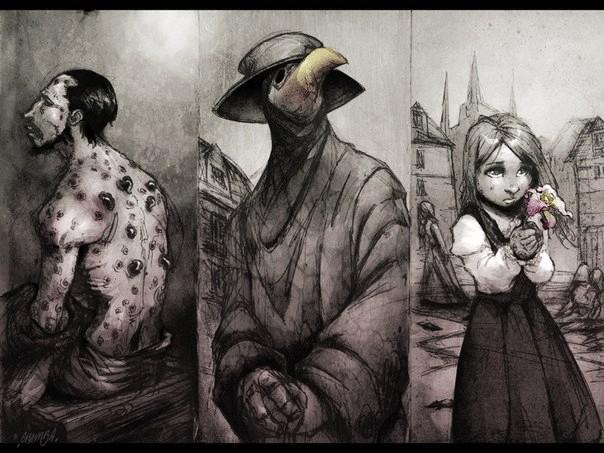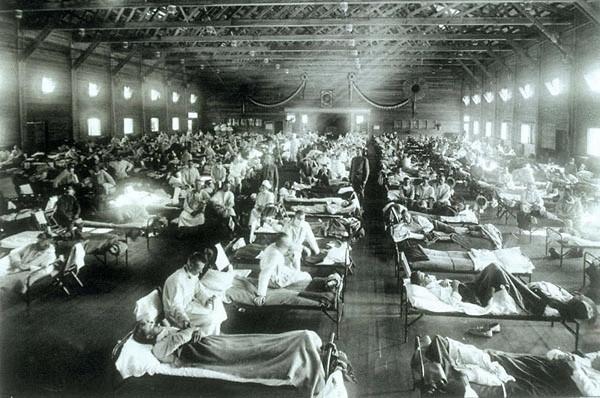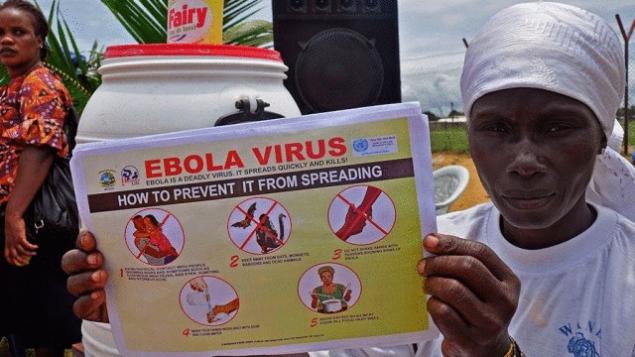290
Remarkable facts about the most famous epidemics in the world

Since waves of epidemics took the lives of thousands of people, this did not go unnoticed. For this reason, each wave of the epidemic is a turning point in history. This article will tell you about the most striking examples of epidemics.

Black Death. It is also known as the bubonic plague. In the history of civilization, this epidemic is the most famous. It peaked in Europe in the 14th century. The plague could be detected not only by high fever, but also by terrible bleeding ulcers throughout the body. Historians estimate that the Black Death killed between 75 and 200 million people. The population of Europe has halved. For a hundred years, the “bubonic plague” raged in different places, leaving behind death. In London, in the 1600s, her last rampage was recorded.

Seven cholera pandemics. The history of this epidemic stretches from 1816 to 1960. The first infected were found in India. The cause of the disease was unsanitary. Cholera killed about 40 million people. Europe has not escaped this terrible epidemic. It is worth noting that cholera doctors consider the most terrible. To date, medicine has almost won over cholera, and only in the most advanced cases the disease can lead to death.

Justinian's plague. In 541, this epidemic was recorded in Byzantium. Since no one was counting the infected at that time, it is now difficult to say how many died. But the approximate figure is simply amazing: this type of plague killed about 100 million people. One in four inhabitants of the Mediterranean coast died. It is worth noting that the plague of Justinian quickly conquered the whole world, and soon reached China.

Typhoid. This disease is terrible because it spreads very easily in tight conditions. In the twentieth century alone, millions died from this epidemic. The most frequent epidemics of typhus were recorded in turbulent war times, both in concentration camps and on the fronts.

Smallpox. Today, medicine is not afraid of smallpox. But there were times when the epidemic of this disease greatly reduced the population of the planet. There is a version that it was because of smallpox that civilizations such as the Aztecs and the Incas died. It is assumed that the weakened tribes gave themselves to the Spanish troops. In Europe, the worst case of smallpox epidemic was recorded in the 18th century. Smallpox killed 60 million people.
No less well known is the flu epidemic. Finding a solution to this problem is very difficult, because the flu virus is constantly modified. There are several known flu epidemics that have claimed many lives.

Spanish flu, or "Spanish flu." After World War I, the Spanish raged in Europe. Its peak was in 1918. It is worth noting that the Spanish flu is considered the most powerful and dangerous. Approximately 30% of the world’s population was infected with this virus. More than 100 million people have died from the flu. In Europe, in order to avoid panic among the population, the government did not publicize the scale of the disaster. Only in Spain was the data correct and objective. It is for this reason that the epidemic is called “Spanish”.

Bird flu. In 1878, the first data on this flu appeared in the world. Eduardo Perronchito, an Italian veterinarian, was the first to describe bird flu. In 1971, the strain was named H5N1. A person was first infected with the virus in 1997. It happened in Hong Kong. At that time, a person could be infected directly from a bird. Of the 18 infected 6 cases were fatal. The following countries that came under attack were Vietnam, Cambodia, Thailand and Indonesia. This happened in 2005. Of the 112 patients, 64 died. From 2003 to 2008, bird flu killed 227 people. Although it is difficult to call this virus a terrible epidemic, you should not forget about it, since there is no immunity from mutated viruses in humans.

Swine flu. It is also known as the Mexican. In 2009, the disease was declared a pandemic. The disease spread from Mexico and quickly spread to Australia. This virus is the most dangerous of all influenza viruses. This strain was assigned grade 6 threat.

The worst epidemic. In 2014, a new threat is the Ebola virus. The first case was reported in Guinea. Very quickly, neighboring countries also began to get sick: Nigeria, Senegal, Liberia and Sierra Leone. To date, Ebola is considered the most dangerous. According to WHO, the death rate is 90%. The most terrible thing is that medicine has not yet invented a cure for this terrible disease. In West Africa, the death toll is as high as 2,700, and the Ebola epidemic is spreading around the world.
Source: mif-facts.com.ua
Germany intends in the next 20 years to abandon coal power
Fire-fighting robot passed baptism of fire























